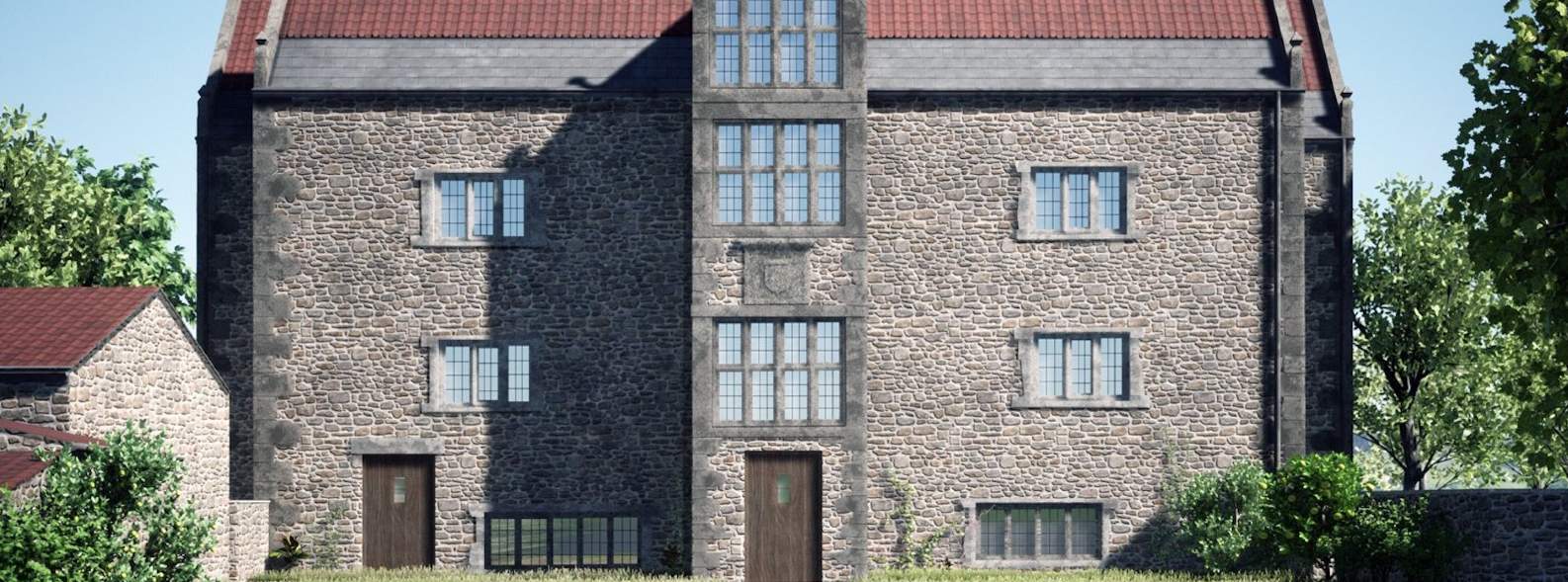Grade I listed Gainford Hall, within the Raby Estate in County Durham, is seeking a long-term tenant – and the ideal candidate will come not only with a desire to live in a Jacobean manor on a rural estate, but also an eye for function and design.
That’s because, like many other important sites in England, Gainford Hall is in the process of renovation and renewal, making its way off Historic England’s Heritage at Risk Register. Untouched for more than a century, the Hall is now part of a key redevelopment plan that will breathe new life into several historic buildings and heritage structures within the grounds of Raby Castle.
Historic sites abound in England but many issues can threaten their future, from environmental factors to human influences. That’s where the at risk register comes in. Updated annually, it identifies those sites that are most in danger of being lost and includes all at risk Grade I and Grade II* listed buildings, as well as at risk Grade II listed places of worship and Grade II listed buildings in London. It also covers monuments, parks and gardens, conservation areas, battlefields and wreck sites that are designated and have been assessed and found to be at risk.
An Historic England specialist is assigned to help the owner move the heritage asset along the priority scale leading to its eventual removal from the Register.
Back at Raby, the estate is working with historic building architects to renovate and repurpose Gainford Hall for modern day residential use. This encompasses the extensive restoration of external features including the lead windows and stonework, and, in an interesting twist, the estate will be asking the new tenant to work with them while the improvements are underway to create a bespoke space tailored to their needs.
It’s a move designed to secure future funding for ongoing maintenance, one project among many that rural estates up and down the country are engaging in to future-proof their assets.
The dilapidation of listed buildings is a big challenge for many estates which are often managing very old but historically important property. This inclusive method of renovation is an astute way of redefining the building for the modern age while preserving it for generations to come.
Further information
Contact Matthew Watson or Natalie Aldrich

.jpg)

.jpg)
.jpg)
.jpg)




